Masako Chiba is Japan’s top female long distance runner, with an impressive resume that includes competing in the Olympics and winning medals in two events at the World Athletics Championships, the 10,000m and Marathon. Masako, who is currently participating in marathons across Japan as a guest runner and actively involved in coaching amateur runners and promoting running, spoke with us about the appeal of marathon running as well as how to enjoy sightseeing in Tokyo.
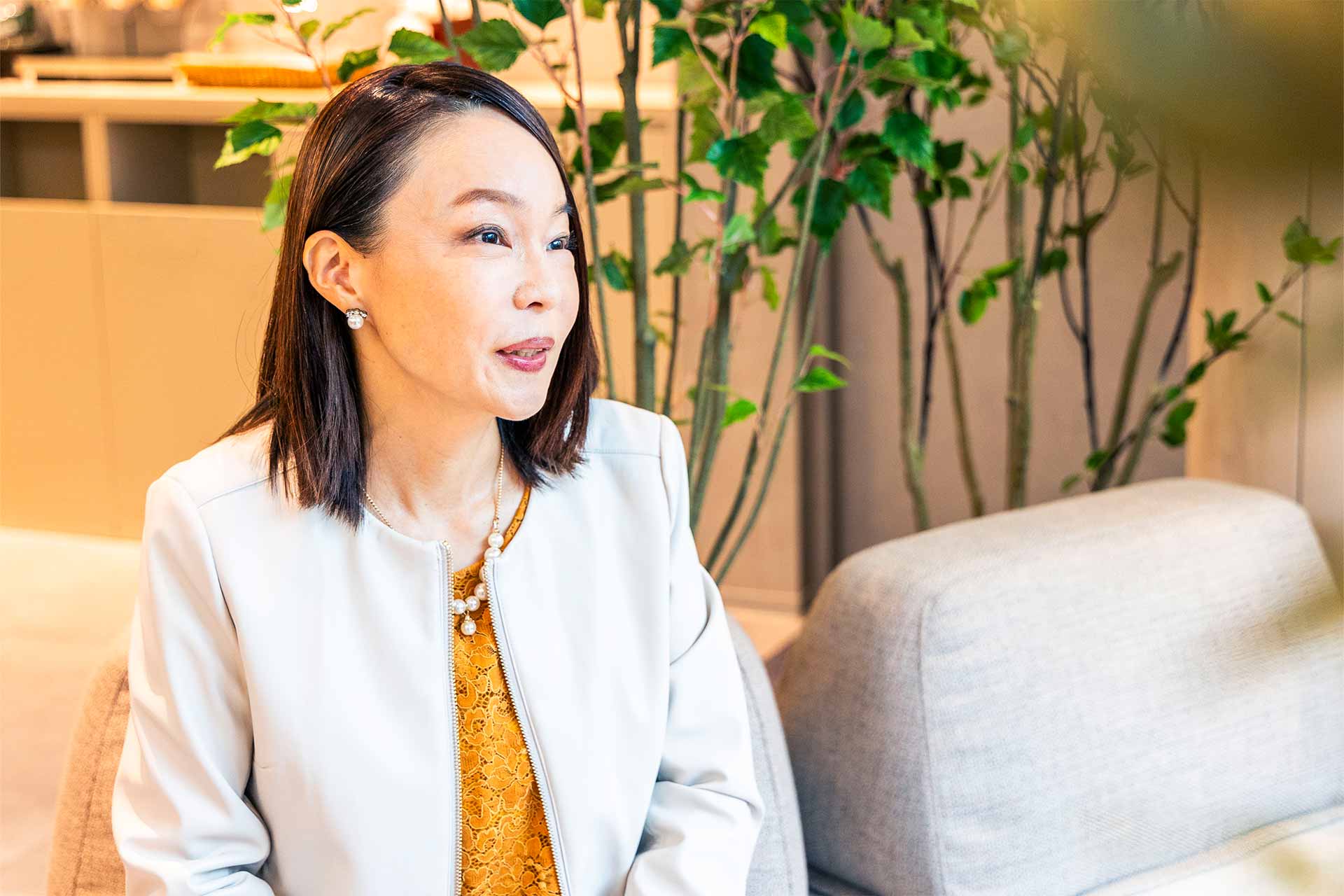
You first started running track when you were in high school. What was it that got you into it?
“I was in the Tennis Club for all three years of junior high school. As a tennis player, I would always lose in the first round of tournaments, but I was good at endurance running. The coach of the Track & Field Club heard that I was good at long-distance running, so he reached out to me, and in the winter of my third year in junior high, I took part in the Ekiden relay to help the team. That was my first time to run in an Ekiden, and I even won the award for my section. I thought that running was fun and that I was well suited for it, so I ended up going to a high school with a prestigious Track & Field program.”
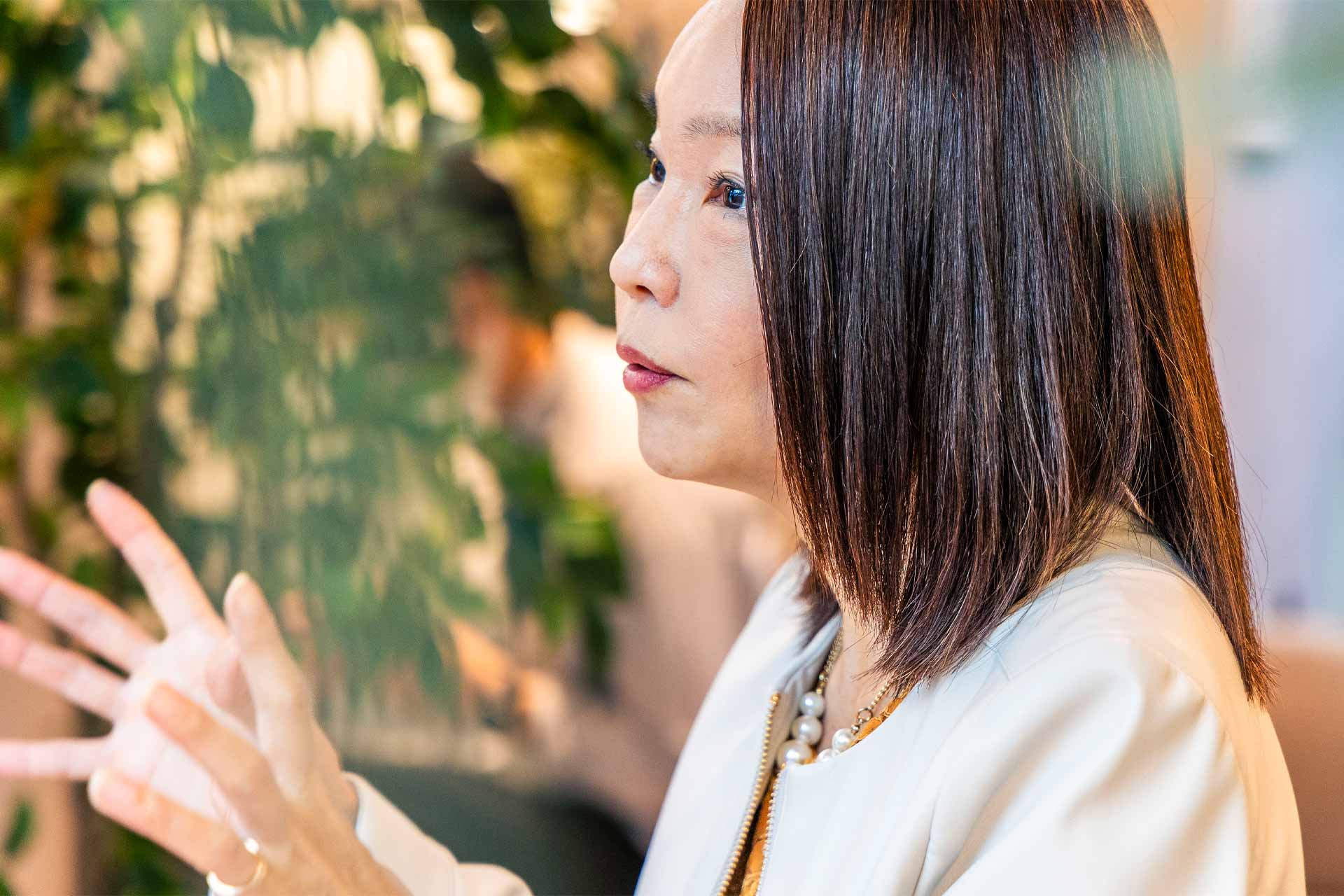
Ritsumeikan Uji Senior High School is known for being a powerhouse in the Women’s High School Ekiden relay, and during your time there, you ran in the All Japan High School Ekiden relay twice and also served as captain.
“Being captain sounds like it was a big deal, but I rarely stood out among the many talented members of the club. In my first year in the club, I wasn’t even selected as an alternate, so all I did was cheer from the side of the road at competitions. In my second year, I ran in my first All Japan High School Women’s Ekiden relay , and I passed 17 runners and finished my section in 4th place. I’d like to say things got even better from there, but in my third year, when I ran in the first section, I lost speed due to an injury. Because of my poor performance, we missed our chance to win the race.
I was really frustrated by that. But I didn’t want things to end like that, so I decided that after I graduated from high school, I would join a Corporate Track & Field team and gain a stronger skill foundation.”
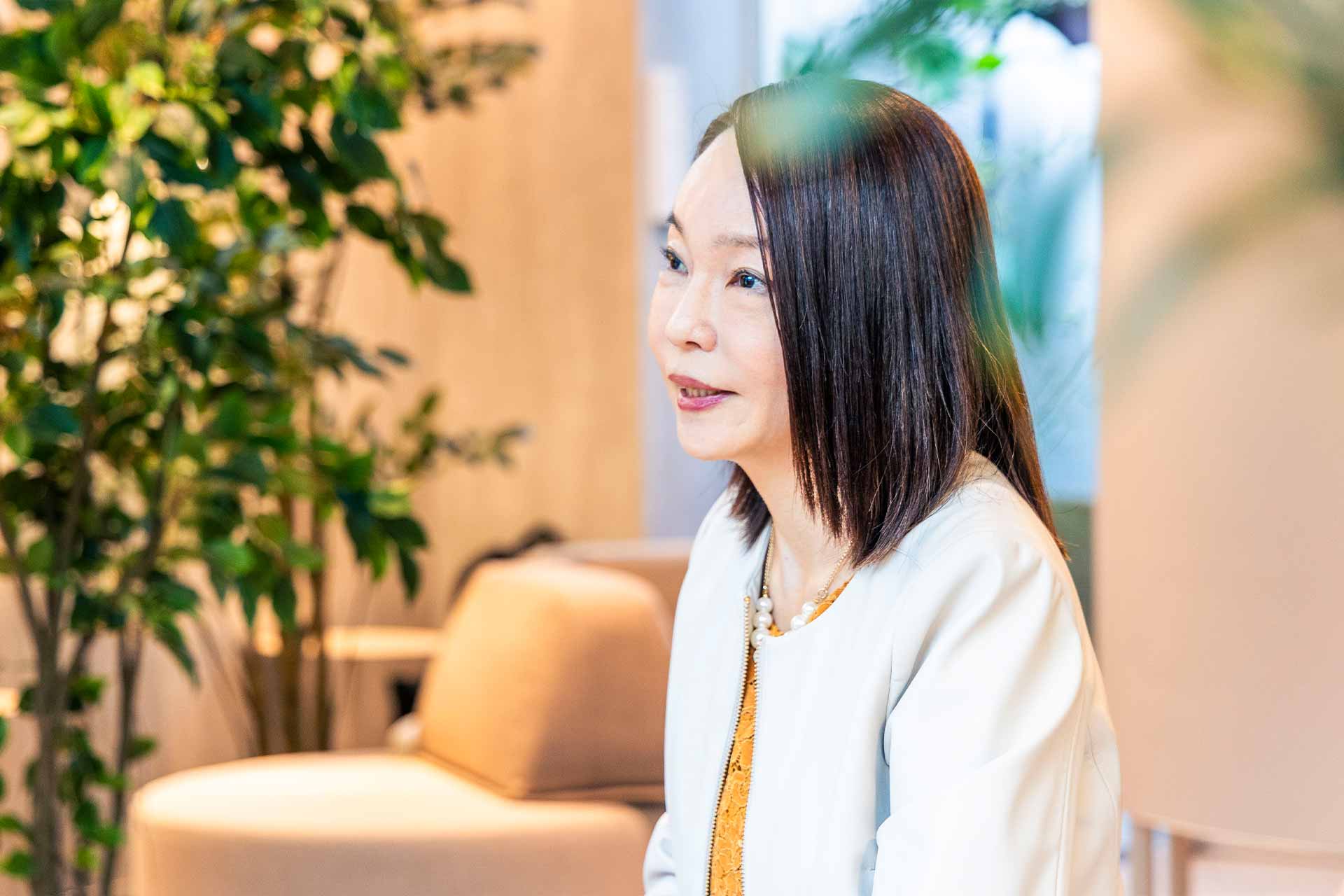
After you joined the Asahi Kasei team, you had a pretty remarkable record, including a 5th-place finish in the 10,000m at the Atlanta 1996 Olympic Games and winning the bronze medal in the 10,000m at the 6th IAAF World Championships in Athletics (Athens 1997), which was a first for a Japanese woman in a long-distance track event.
“The first time I ran the 10,000m after joining the team, my record began to improve in an interesting way. It was almost as if I were suddenly able to overtake rivals that I’d never beaten before. I guess the 10,000m was something I was well suited for. I was even able to finish in 5th place at the Olympic Games, my first international competition, which is something I never thought I could do.”
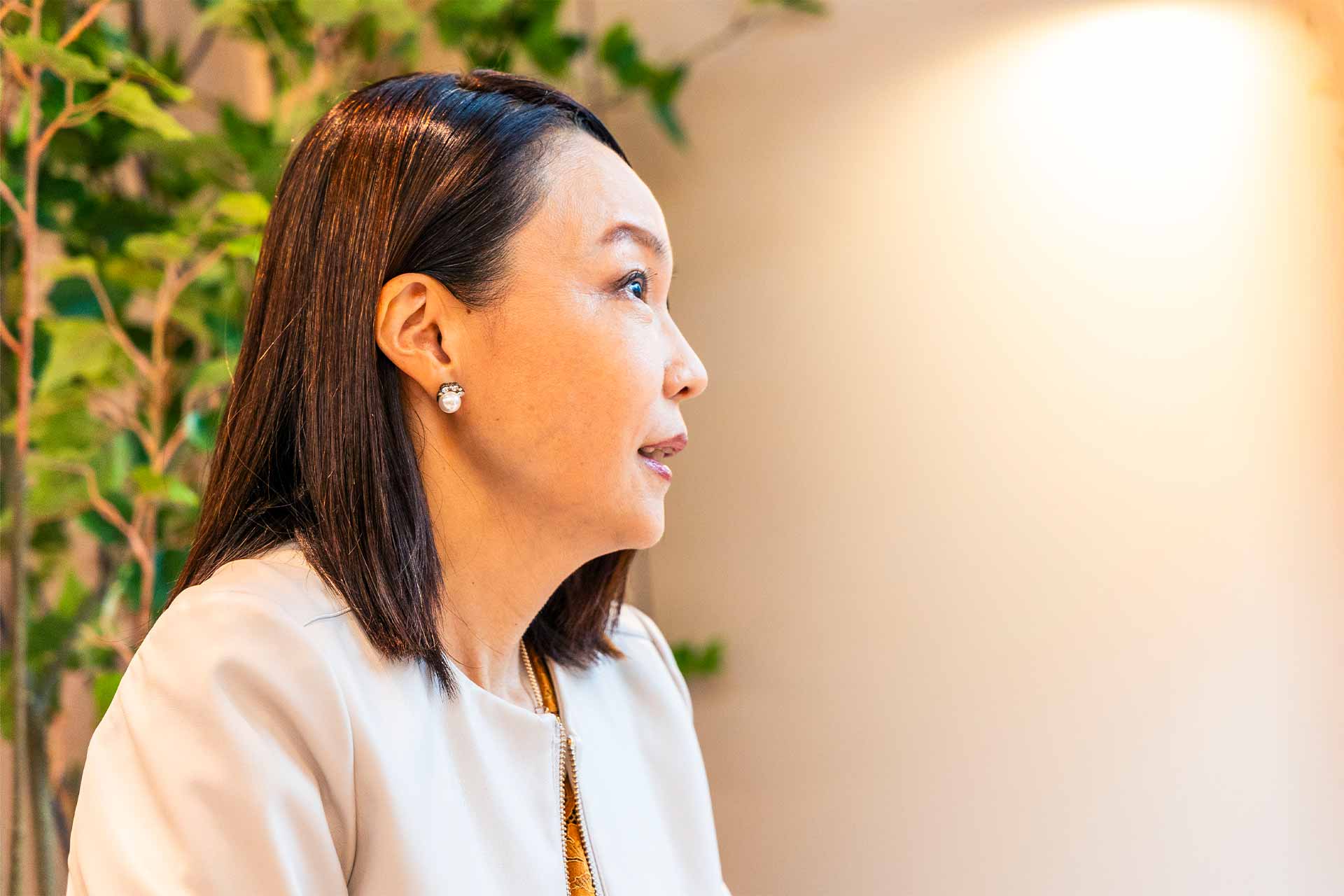
After achieving such impressive results in an international competition, you then switched to marathon running. What was the reason for the change?
“The 10,000m is, in its own way, a speed race. My results in the Olympic Games and World Athletics Championships came from a combination of my ability to run aggressively from start to finish and the advice of my coach. But when I considered that I would need even more speed for that race, I knew I had reached my limit. That’s why I decided that the next step in my journey would be the marathon.
But it turned out to be way more difficult than I expected. I tried running it the same way that I would for a Track & Field event, but my body just couldn’t keep up. I tried to practice harder, but that just led to injuries, including a stress fracture. I wasn’t able to run a race at the level I wanted, so it took me about six years until I returned to international competition.”
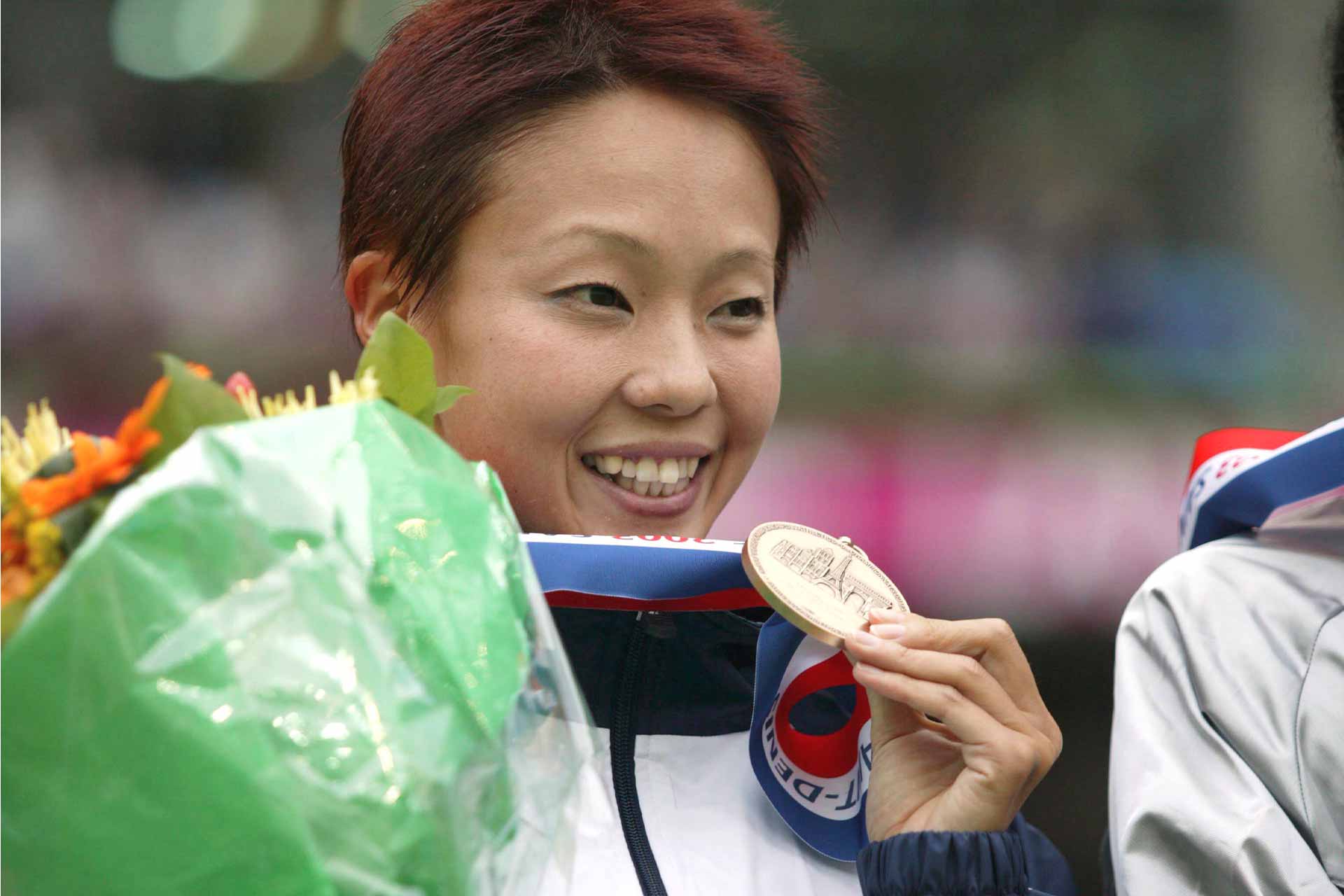
You had faced quite a bit of difficulty, before your appearance at the 9th IAAF World Championships in Athletics(Paris 2003), where you won a bronze medal.
“The turning point for me was the 2003 Osaka Ladies International Marathon, which was also a race that determined who would get selected as members of the Japanese National Team. I told my coach that if I couldn’t place well in that race, that I’d give up on marathon running. It was a real now-or-never moment. But that also fueled my determination, and I finished in 2nd place. I finally got that place on the National Team that I wanted so badly, and I was able to win a medal in the marathon at the World Athletics Championships.
During the six years after I had last medaled in the 10,000m, I felt I had been wandering in a dark tunnel, so winning a medal on the world stage again at the last minute was a very moving experience for me.”
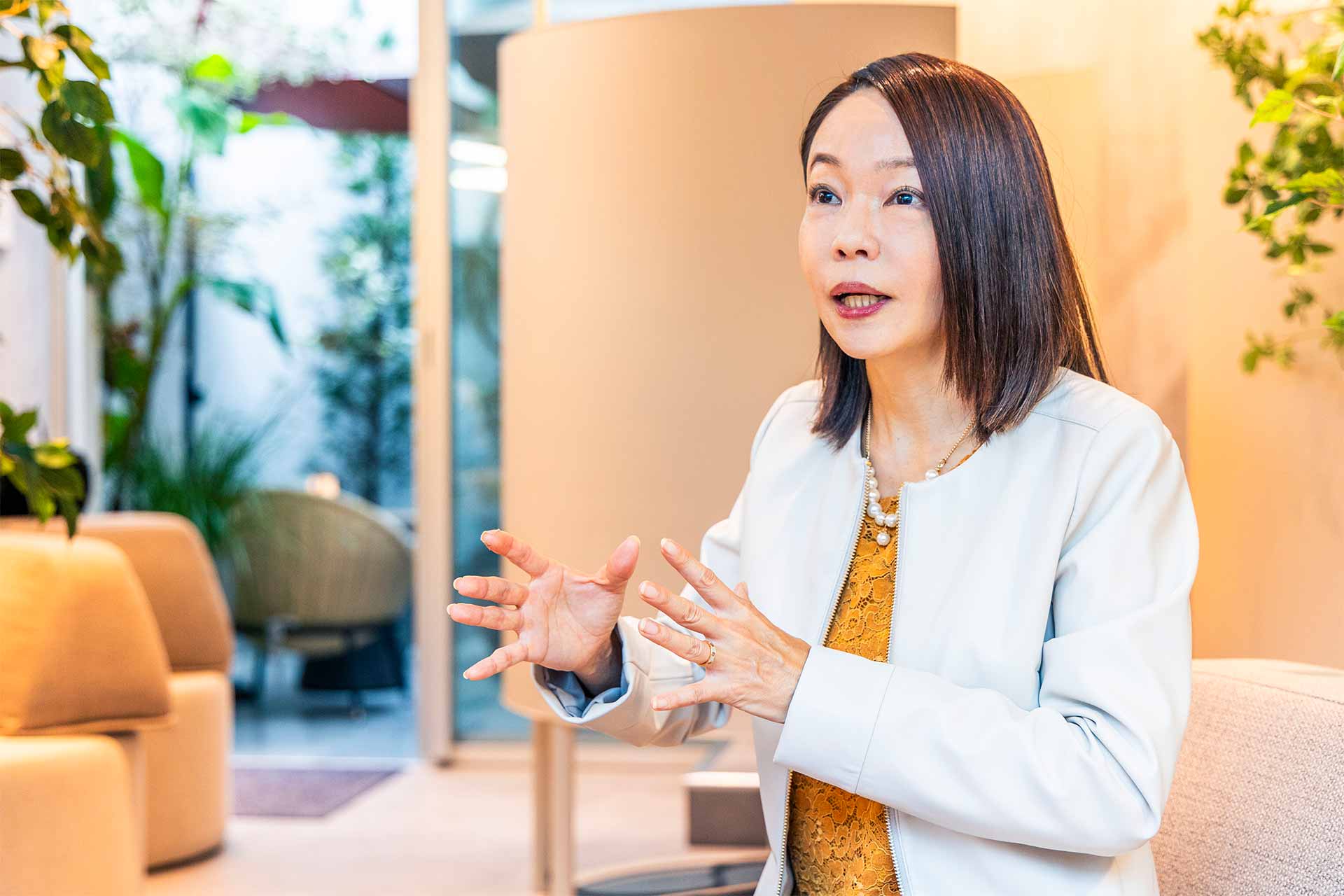
What are the difficulties and joys of marathon running as you perceive them?
“Full marathons are different from the 10,000m or half marathons, because they are too difficult to run as practice. It is often said that a marathon required two types of endurance. One is the endurance to keep going when things get difficult. This is the endurance that keeps you from slowing down when your body starts to get tired. The other is the endurance to resist the desire to speed up in the first half of the race when your condition is good. You need to be able to keep your mind and body under control, whether you feel good or bad, otherwise you won’t be able to run the whole 42.195km. That’s why marathon runners have to prepare for competitions by practicing and training both their bodies and minds before they stand on the starting line. Even then, there are a lot of other variables and things that can happen at the race itself, such as weather and course conditions. You have to stay calm and deal with those things as well, as you keep pushing yourself toward the finish line. That is both the difficulty and the joy of marathon running. The way I see it, marathon running is a sophisticated sport that is a reflection of a runner’s experiences and life.”
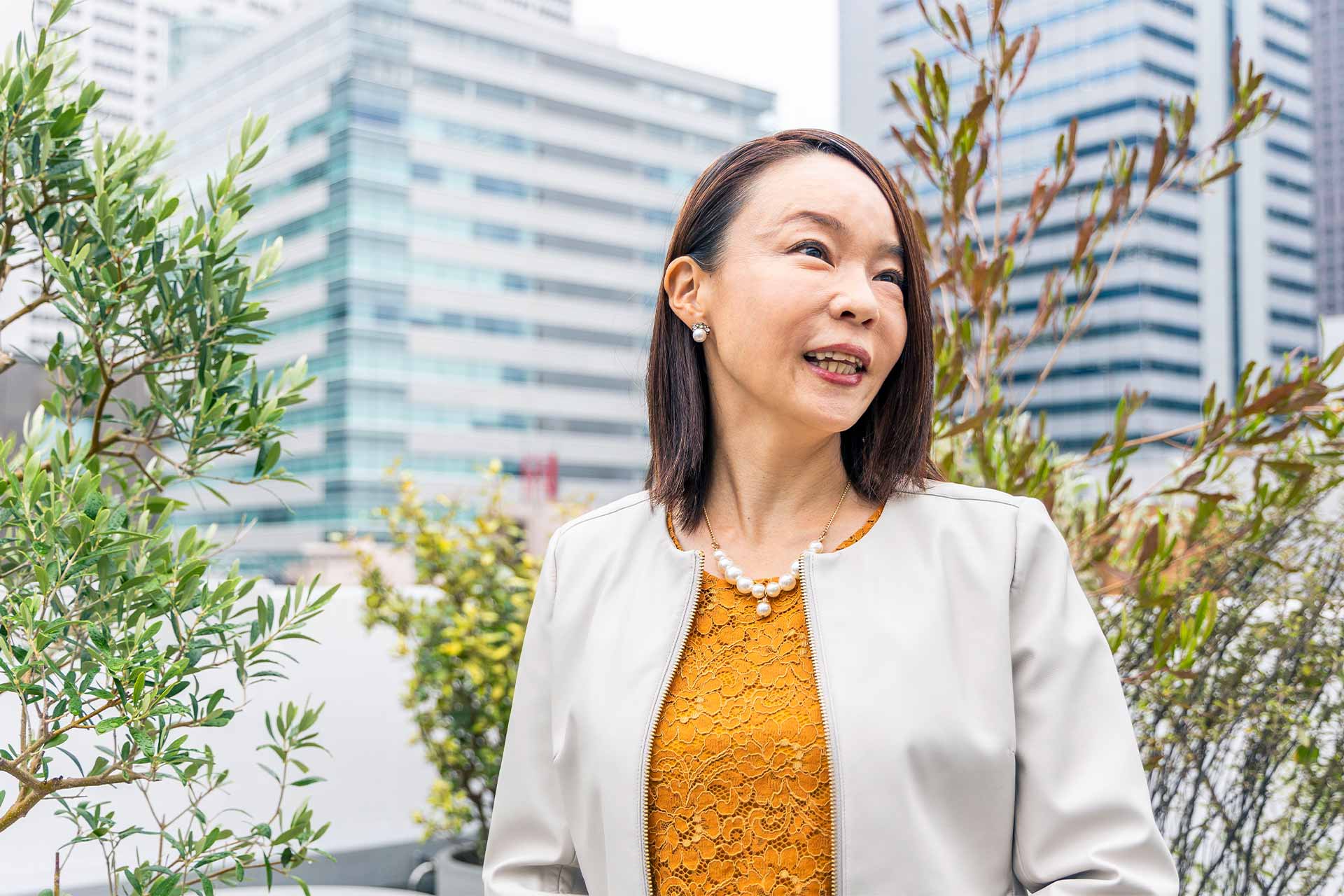
That is precisely what both runners and spectators find so fascinating about the marathon: the perseverance to break records while giving it their all and overcoming hardships.
“If I were to summarize marathon, it would be ‘painful but enjoyable’. The everyday practice is really hard, to the extent that even during the race there are times when you just want to stop. But the joyful feeling you get from overcoming that pain and finishing the race is exceptional. When you cross the finish line, you just want to throw your fist in the air and shout out, ‘I did it!’ And that feeling of joy and sense of accomplishment comes from having overcome all that suffering and making it through.”

These days, you often appear at marathons throughout Japan as a guest runner or commentator to help convey the appeal of marathons.
“When I take part in a race as a guest runner, I enjoy running myself while also cheering on the other runners as they give it their all to reach the finish line. When I’m on TV as a commentator, I try to get the viewers more interested in the marathon by talking about the characteristics of the runners’ running style and background.
Events like the Tokyo Marathon, which also draws attention of a lot of runners from abroad, has lots of people cheering all along the route, so the course is filled with excitement. If you actually see the top group as they’re running along the road, you will be amazed at how quickly they zip by you. It happens in an instant. You will be like, ‘Huh? Did they go by already!?’ That’s the kind of speed they have. If you ever get the chance, you really should see the top-class athletes running in person.”
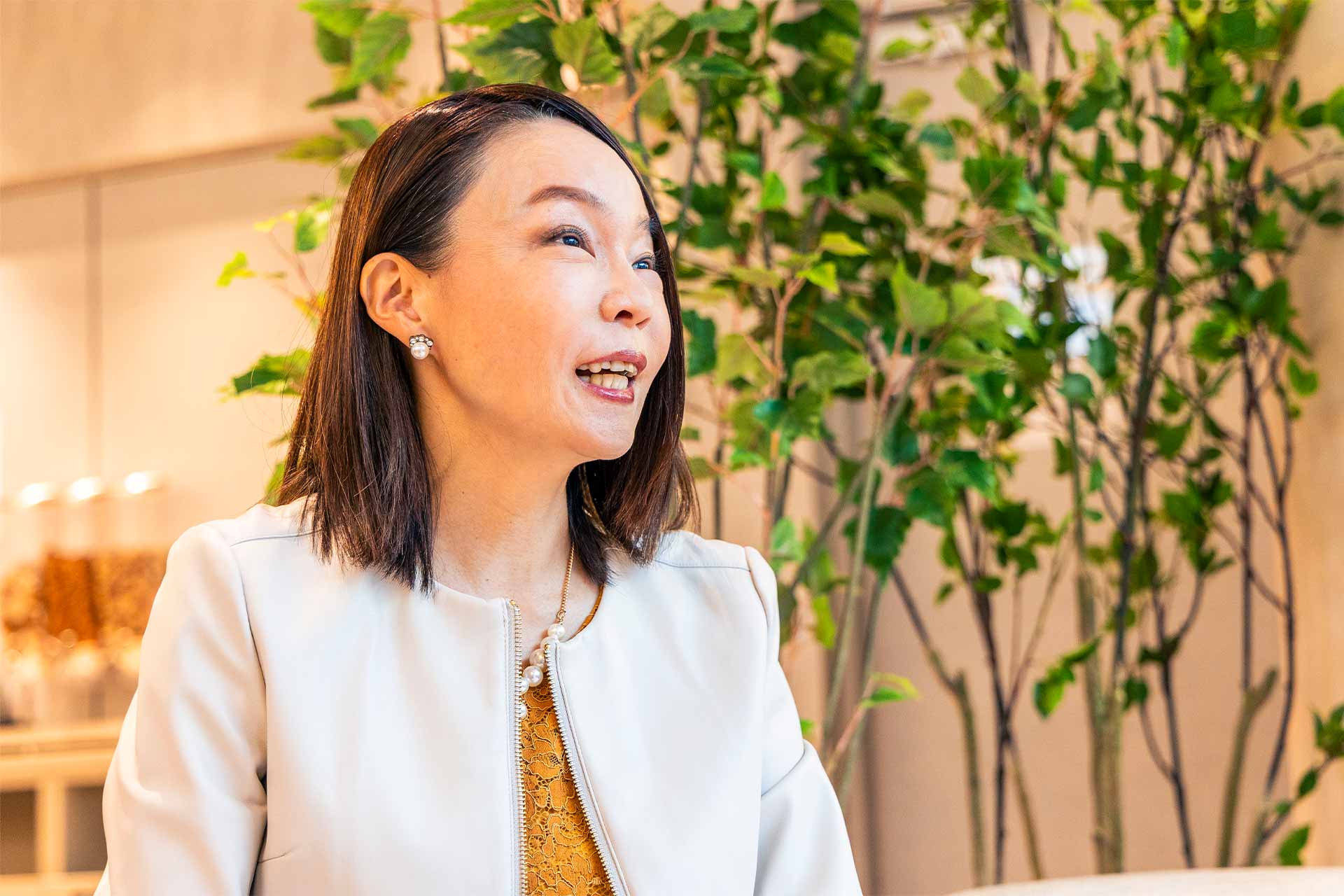
Tokyo hosts a wide range of marathons and other sporting events that bring many visitors to the city. What are some places in Tokyo that you can recommend for sightseeing?
“I would recommend a sightseeing run that takes you around the city while you’re running. The first place that comes to mind is the ‘Imperial Palace Run’. It’s a 5km course that goes around the Imperial Palace and is known as a kind of sacred ground for runners, and the great thing about it is that you can run non-stop. Along the course you can see famous sites such as Sakuradamon Gate, Nijubashi Bridge, and the National Diet Building, so it also serves as a great sightseeing experience.

I sometimes use the running course at Toyosu Gururi Park for my running events. It offers views of Toyosu Market, Rainbow Bridge, and some great scenery of the downtown bay area. It is 4.8km long, and it is flat and easy to run on, so I recommend it for beginners as well. Tokyo Tower is another spot that is popular among visitors from abroad, and there you can try the ‘Open-Air Outdoor Stairs Walk’, which has about 600 steps and takes you up to a height of 150 meters. It is a great way to get some exercise as you take in the scenery of downtown Tokyo and the way it changes as you go up. Please have fun seeing the sights in Tokyo while you exercise.”
<Profile>
CHIBA Masako
Born in Kyoto Prefecture in 1976. After graduating from Ritsumeikan Uji Senior High School, started working at Asahi Kasei and joined the corporate Track & Field team. Active on the world stage as Japan’s top female long-distance runner, having placed 5th in the 10,000m at the Atlanta 1996 Olympic Games and winning the bronze medal in the 10,000m at the 6th IAAF World Championships in Athletics (Athens 1997), a first for a Japanese woman in a long-distance track event. Competed in the Marathon event at the 9th IAAF World Championships in Athletics (Paris 2003), winning the bronze medal. Currently, in addition to participating in marathons across Japan as a guest runner, she is actively involved in coaching amateur runners and promoting running.